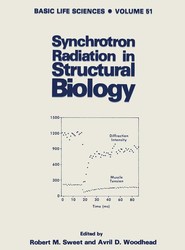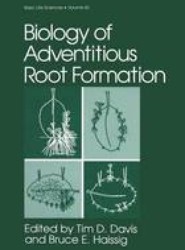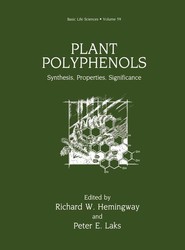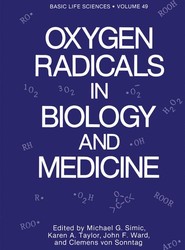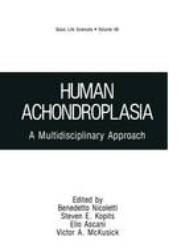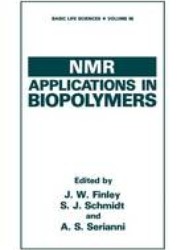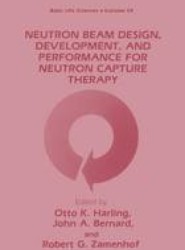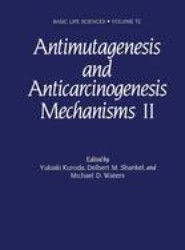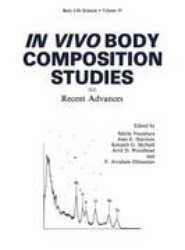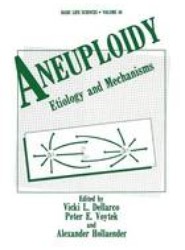(To see other currencies, click on price)
MORE ABOUT THIS BOOK
Main description:
Liane B. Russell Biology Division, Oak Ridge National Laboratory Oak Ridge, TN 37830 Composite individuals have always excited mankind's imagina- tion. Even the earliest recorded mythologies are full of fanciful examples of creatures such as centaurs, mermaids, androgynes, and winged horses. While real, naturally occurring, mosaics might not appear as spectacular to the popular mind, their study -- particu- larly in Drosophila and plants -- has made important contributions to genetics, starting relatively early in this century. In mammals, too, examples of mosaics resulting from early or late somatic muta- tions and from abnormal egg maturation and/or fertilization events have been known since the 1930's and exploited for the information they could provide on such subjects as the or1g1n of the germline and the extent of cell mixing (see Russell 1964). Two major, and unrelated, advances, both published 17 years ago, suddenly provided a wealth of material for the study of mam- malian mosaicism.
One was the successful manipulation of early embryos to make viable aggregation chimeras (Tarkowski 1961; Mintz 1962) -- a feat made possible by earlier advances in embryo culture and transfer. The other was the hypothesis that only one X chromo- some of a mammal is active (Lyon 1961; Russell 1961) and that, by virtue of the fact that the choice of the active X is made at ran- dom early in development, the normal mammalian female is a mosaic for any X-linked genetic heterozygosity.
Contents:
Use of Chimeras and Cell Aggregations to Study Developmental Potency, Gene Expression, Control of Phenotype, and Tumor Origin.- Reversion of malignancy and normalized differentiation of teratocarcinoma cells in chimeric mice.- Viable chimeras produced from normal and parthenogenetic mouse embryos.- Ovarian teratomas in mice are derived from oocytes that have completed the first meiotic division.- Growth control in chimeras.- Attempts at locating the site of action of genes affecting behavior.- Fine structure of cells in embryos chimeric for mutant genes at the T/t locus.- An analysis of differentiation in coaggregation cultures between mouse neuronal and tumor cells.- The use of mosaics and experimental chimeras to study the pathogenesis of neoplasia.- Antibodies to allozymes as potential cell markers for chimeric mouse studies.- Use of Chimeras and Mutational or Disjunctional Mosaics to Study Gamete Differentiation, Sexual Development, and Origin of the Germline.- Reproduction in single-sex chimeras.- Germ cells in XX ? XY mouse chimeras.- Use of the sex reversed gene (Sxr) to investigate functional sex reversal and gonadal determination in mammals.- Why not androgynes among mammals?.- Cell interactions in the sex organs of sex reversed mice heterozygous for testicular feminization.- Spontaneous sex mosaicism in BALB/cWt mice.- Evidence from mutable genes concerning the origin of the germ line.- X Chromosome Inactivation and Derepression.- Bimodal distribution of ?-galactosidase activities in mouse embryos.- Biochemical studies on X-chromosome activity in preimplantation mouse embryos.- Hypoxanthine guanine phosphoribosyl transferase expression in early mouse development.- The direct demonstration of an X-chromosome dosage effect prior to inactivation.- Use of teratocarcinoma stem cells as a model system for the study of X-chromosome inactivation in vitro.- The stability of X-chromosome inactivation: studies with mouse-human cell hybrids and mouse teratocarcinomas.- Studies of human-mouse cell hybrids with respect to X-chromosome inactivation.- X-Chromosome Nonrandomness: Imprinting, Selection.- Preferential inactivation of the paternally derived X chromosome in mice.- Preferential expression of the maternally derived X chromosome in extraembryonic tissues of the mouse.- In search of nonrandom X inactivation: studies of the placenta from newborns heterozygous for glucose-6-phosphate dehydrogenase.- The use of mouse X-autosome translocations in the study of X-inactivation pathways and nonrandomness.- Selection and cell communication as determinants of female phenotype.- Mathematical and Statistical Analyses of Mosaic Patterns.- Clonal growth versus cell mingling.- Combinatorial and computer analysis of random mosaics.- Data analysis of four X-chromosome inactivation experiments.
PRODUCT DETAILS
Publisher: Springer (Springer-Verlag New York Inc.)
Publication date: June, 2012
Pages: None
Weight: 854g
Availability: Available
Subcategories: Genetics
From the same series


